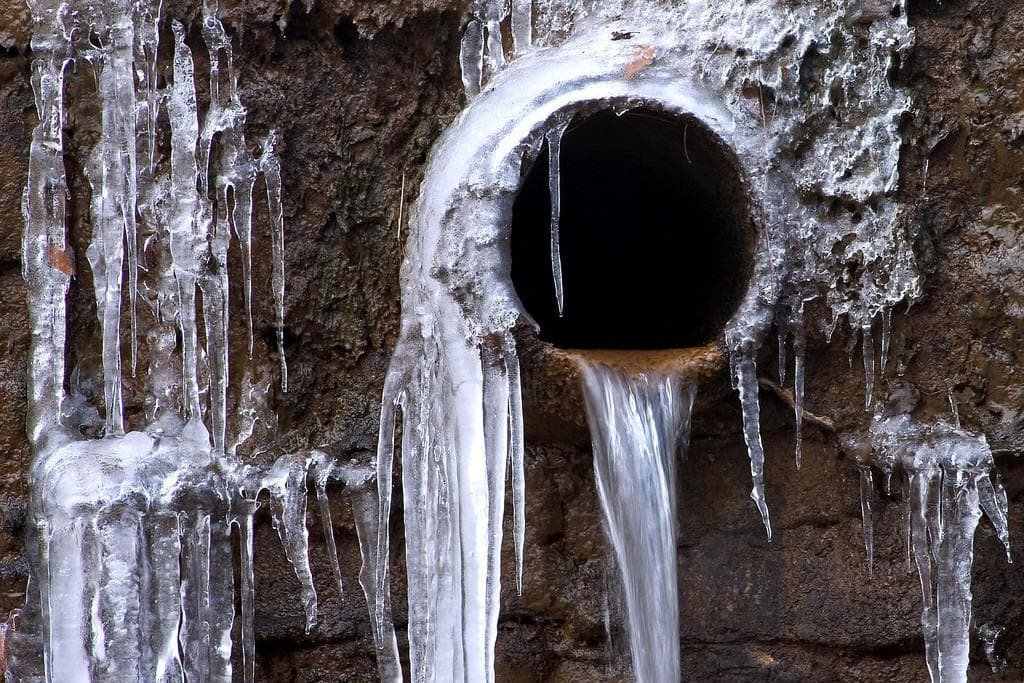Tips to Protect Pipes from Freezing: Specialist Guidance
Tips to Protect Pipes from Freezing: Specialist Guidance
Blog Article
Do you find yourself trying to locate answers around How To Avoid Freezing Pipes?

Winter can damage your pipes, specifically by freezing pipes. Right here's how to avoid it from taking place and what to do if it does.
Intro
As temperatures decrease, the risk of icy pipelines rises, potentially resulting in pricey repair services and water damage. Comprehending just how to avoid icy pipes is vital for property owners in chilly climates.
Prevention Tips
Shielding prone pipes
Wrap pipes in insulation sleeves or use heat tape to safeguard them from freezing temperature levels. Concentrate on pipelines in unheated or external areas of the home.
Home heating methods
Maintain interior spaces appropriately warmed, particularly areas with pipes. Open up cabinet doors to allow cozy air to flow around pipelines under sinks.
How to identify frozen pipelines
Seek lowered water circulation from taps, uncommon smells or noises from pipelines, and visible frost on exposed pipes.
Long-Term Solutions
Structural changes
Think about rerouting pipelines away from exterior wall surfaces or unheated locations. Add extra insulation to attic rooms, basements, and crawl spaces.
Updating insulation
Buy top quality insulation for pipes, attics, and walls. Correct insulation assists maintain constant temperature levels and minimizes the risk of frozen pipes.
Securing Outside Plumbing
Garden hose pipes and outdoor faucets
Disconnect and drain garden hose pipes before winter. Mount frost-proof faucets or cover outdoor taps with protected caps.
Comprehending Icy Pipes
What triggers pipelines to ice up?
Pipes ice up when subjected to temperatures below 32 ° F (0 ° C) for expanded durations. As water inside the pipes freezes, it broadens, putting pressure on the pipeline walls and possibly causing them to break.
Dangers and damages
Icy pipes can bring about supply of water disruptions, residential property damages, and costly repair work. Burst pipes can flood homes and create considerable architectural damage.
Indicators of Frozen Pipes
Determining frozen pipes early can avoid them from bursting.
What to Do If Your Pipes Freeze
Immediate activities to take
If you suspect icy pipelines, maintain taps available to soothe stress as the ice thaws. Use a hairdryer or towels soaked in warm water to thaw pipelines gradually.
Verdict
Protecting against frozen pipes requires aggressive procedures and fast responses. By recognizing the causes, indications, and safety nets, property owners can safeguard their plumbing during cold weather.
5 Ways to Prevent Frozen Pipes
Drain Outdoor Faucets and Disconnect Hoses
First, close the shut-off valve that controls the flow of water in the pipe to your outdoor faucet. Then, head outside to disconnect and drain your hose and open the outdoor faucet to allow the water to completely drain out of the line. Turn off the faucet when done. Finally, head back to the shut-off valve and drain the remaining water inside the pipe into a bucket or container. Additionally, if you have a home irrigation system, you should consider hiring an expert to clear the system of water each year.
Insulate Pipes
One of the best and most cost-effective methods for preventing frozen water pipes is to wrap your pipes with insulation. This is especially important for areas in your home that aren’t exposed to heat, such as an attic. We suggest using foam sleeves, which can typically be found at your local hardware store.
Keep Heat Running at 65
Your pipes are located inside your walls, and the temperature there is much colder than the rest of the house. To prevent your pipes from freezing, The Insurance Information Institute suggests that you keep your home heated to at least 65 degrees, even when traveling. You may want to invest in smart devices that can keep an eye on the temperature in your home while you’re away.
Leave Water Dripping
Moving water — even a small trickle — can prevent ice from forming inside your pipes. When freezing temps are imminent, start a drip of water from all faucets that serve exposed pipes. Leaving a few faucets running will also help relieve pressure inside the pipes and help prevent a rupture if the water inside freezes.
Open Cupboard Doors
Warm your kitchen and bathroom pipes by opening cupboards and vanities. You should also leave your interior doors ajar to help warm air circulate evenly throughout your home.

I was made aware of that report on 6 Ways to Prevent Frozen Pipes through a buddy on a different web page. Enjoyed our entry? Please quickly share it. Let somebody else find it. I appreciate your readership.
Visit The Following Page Report this page